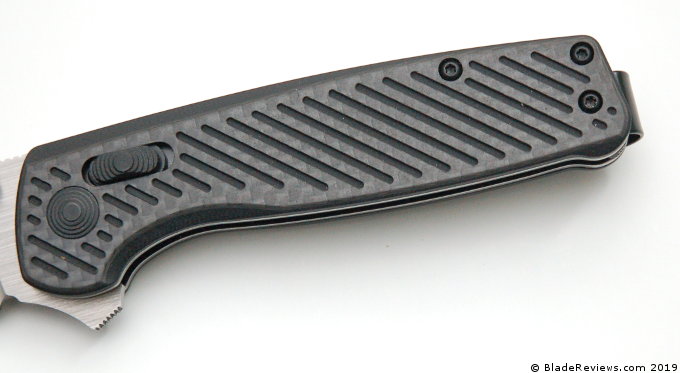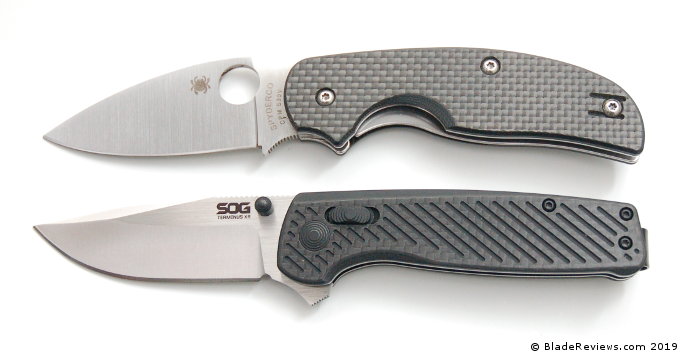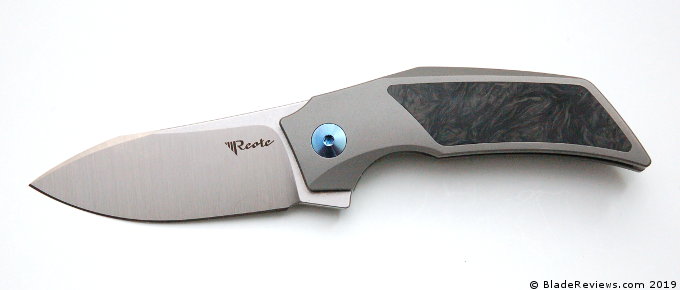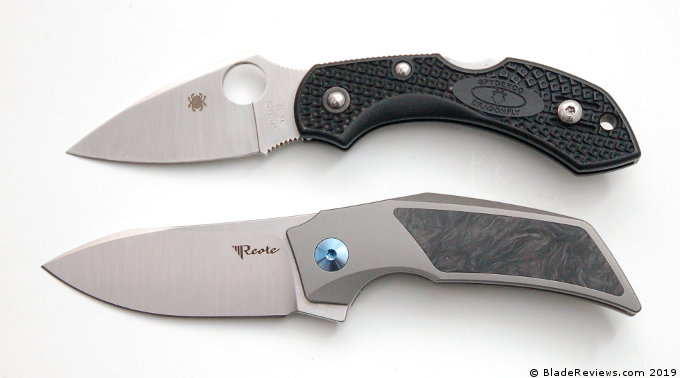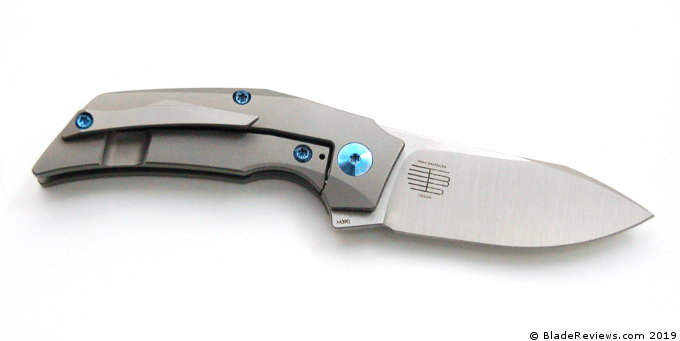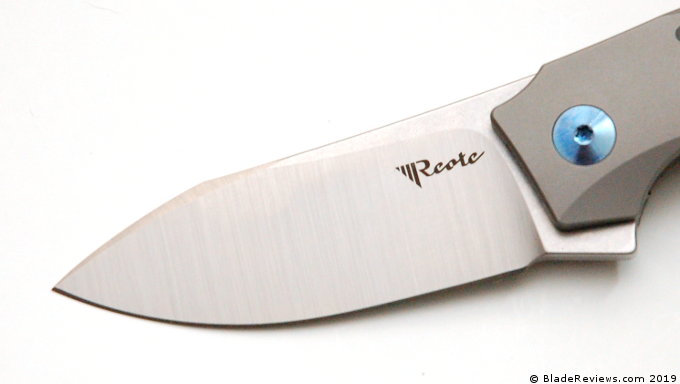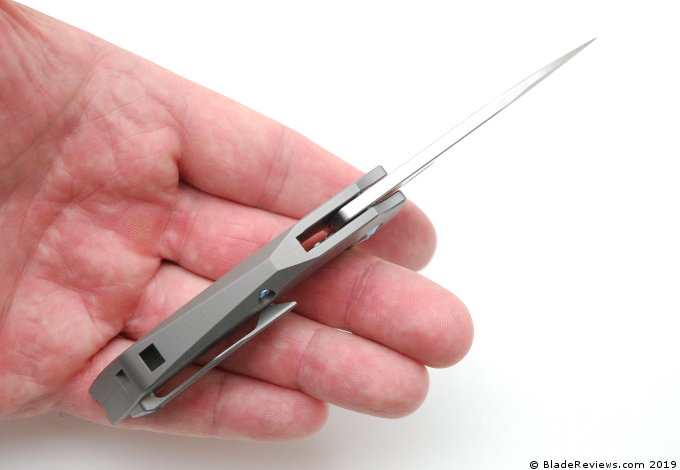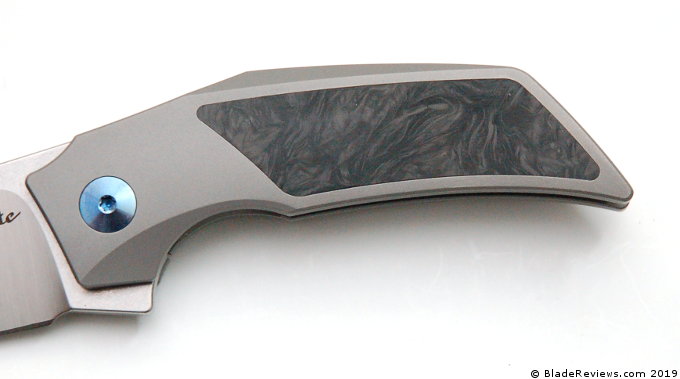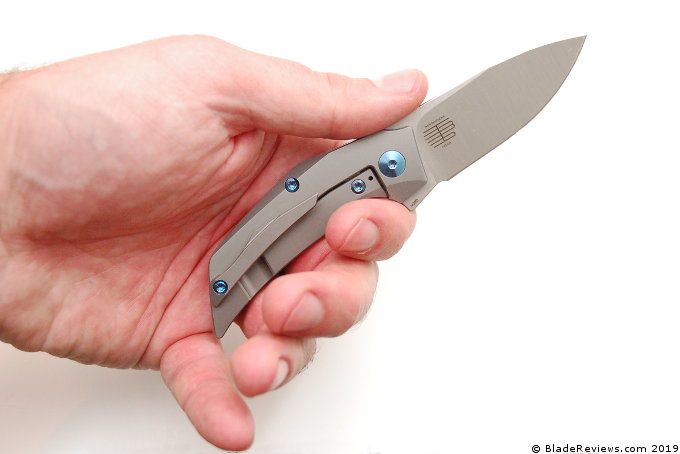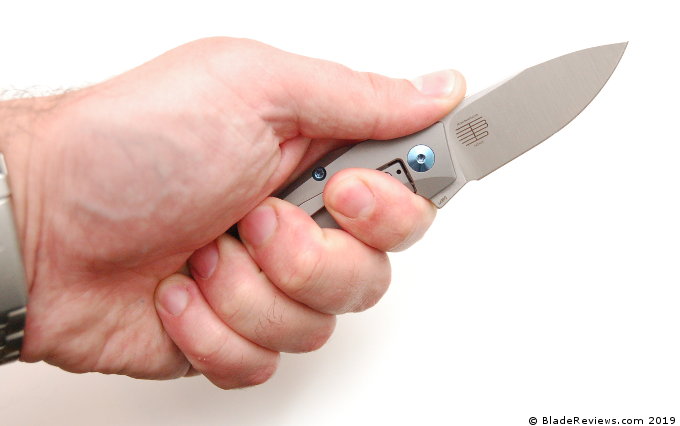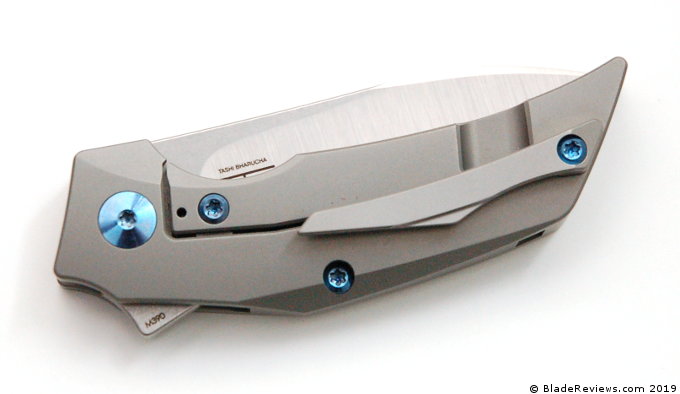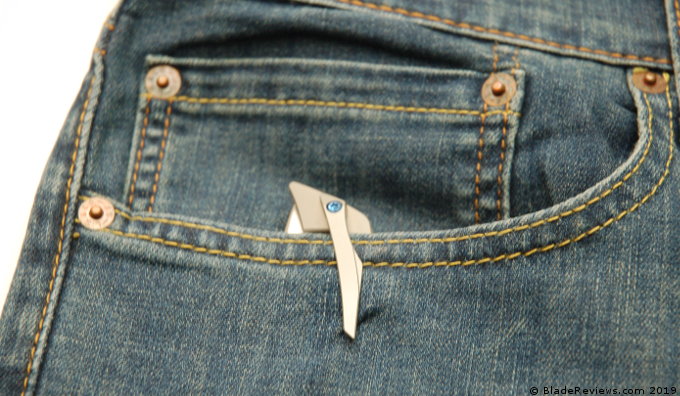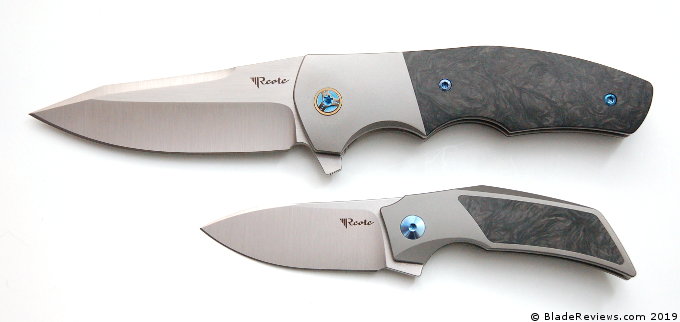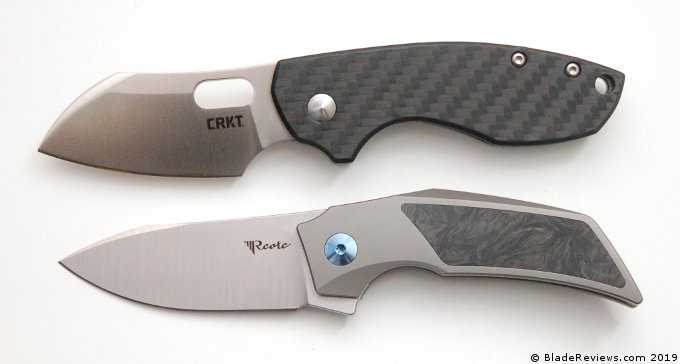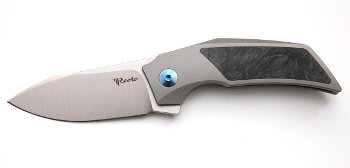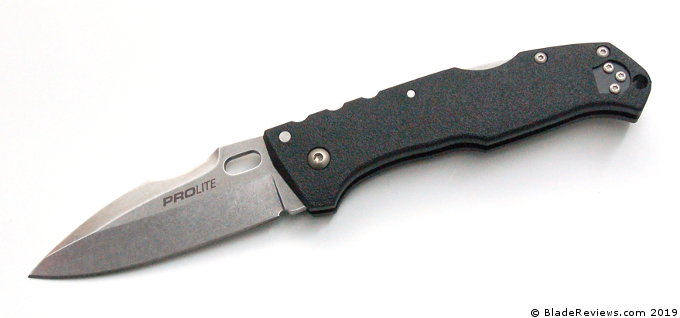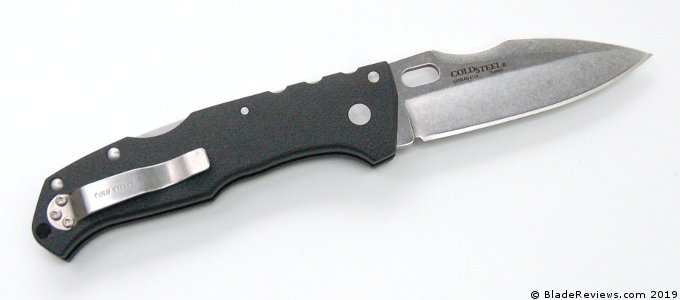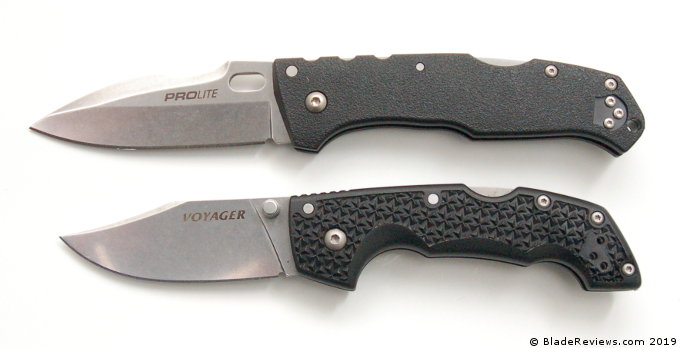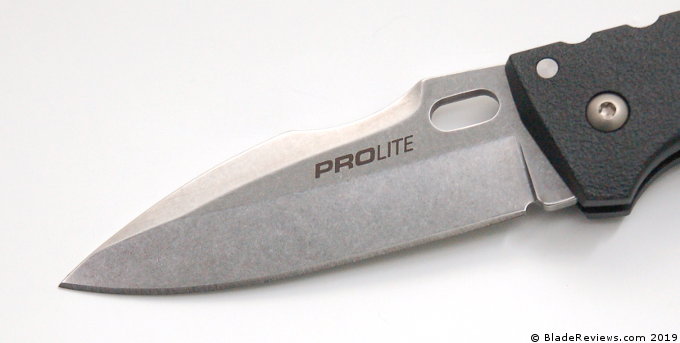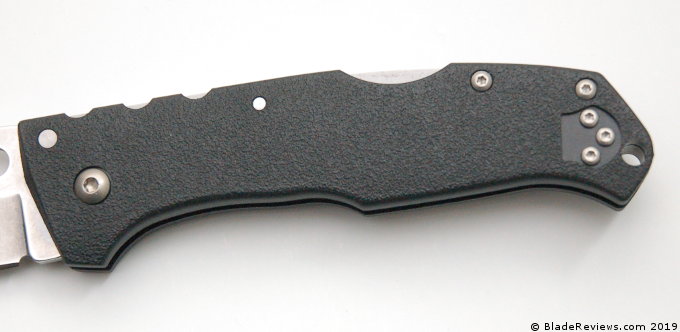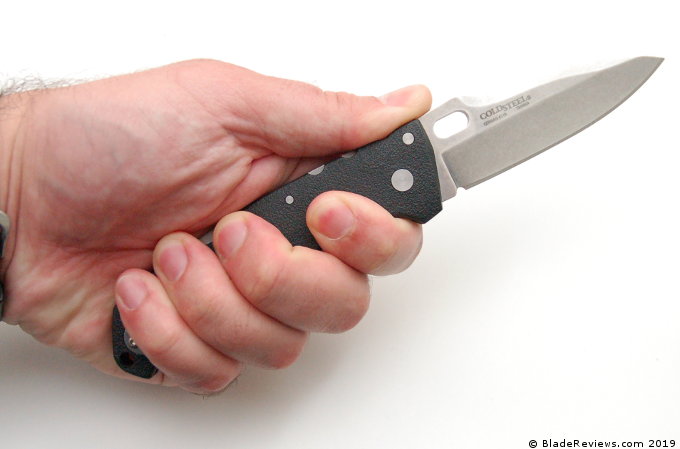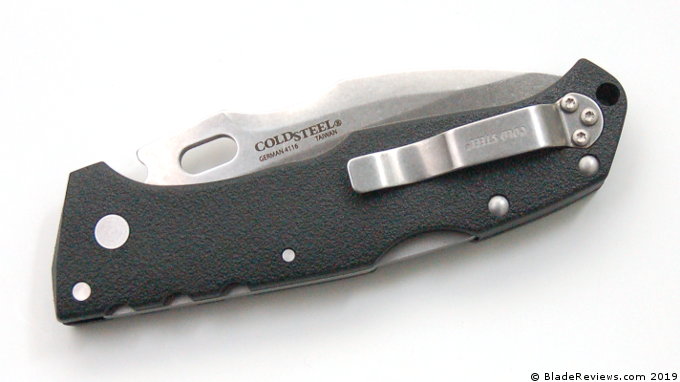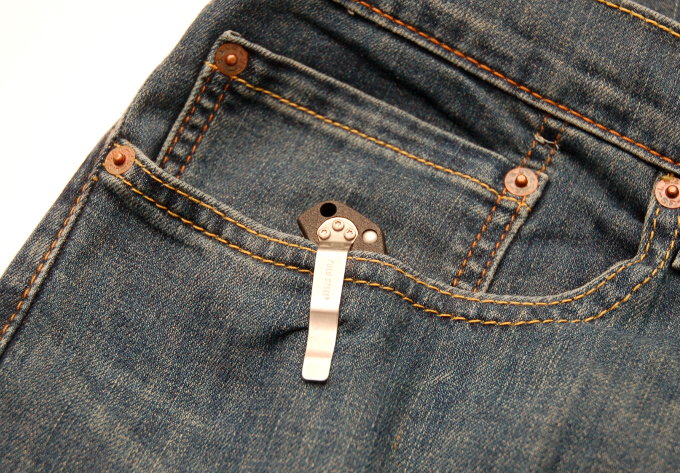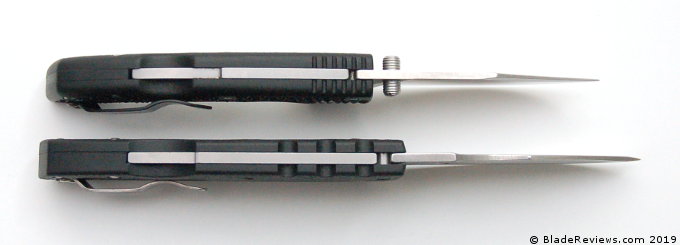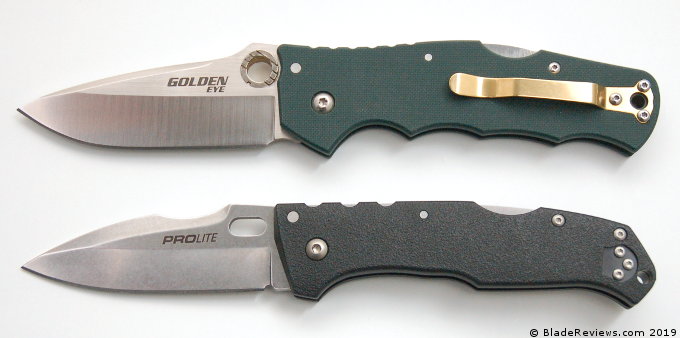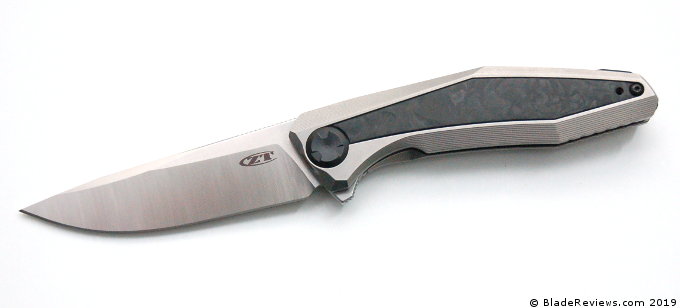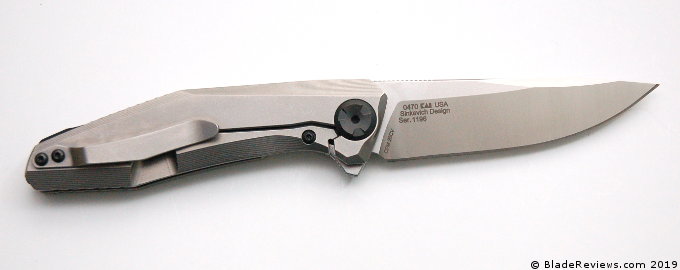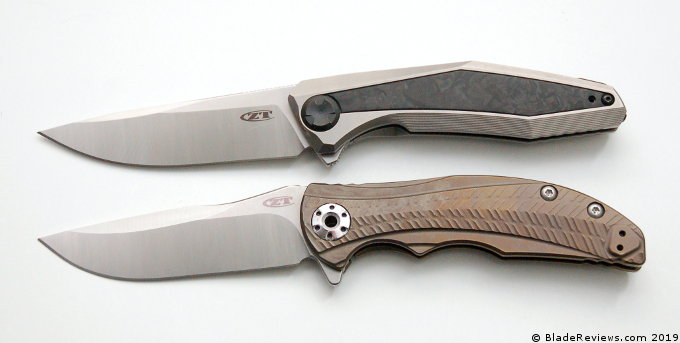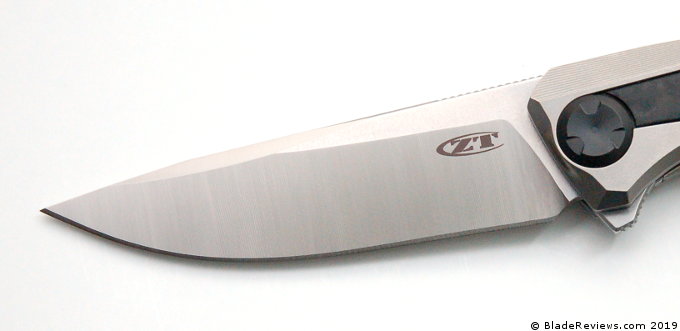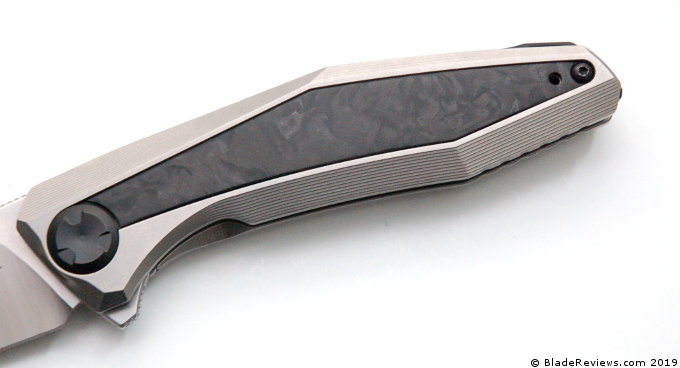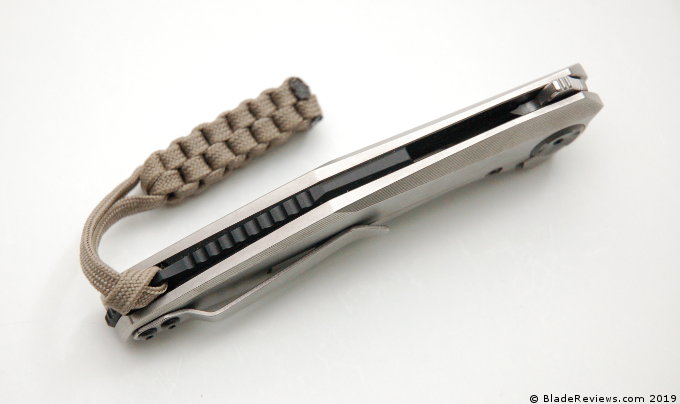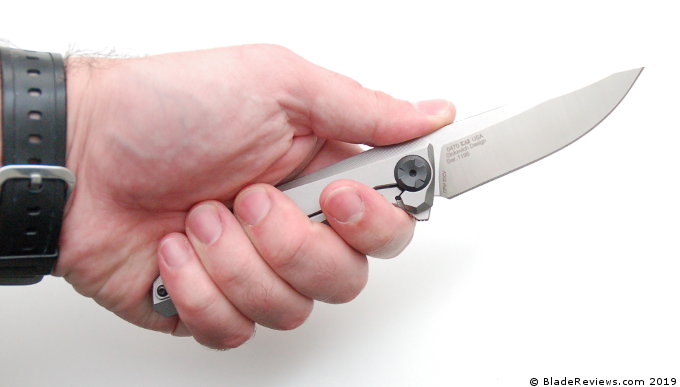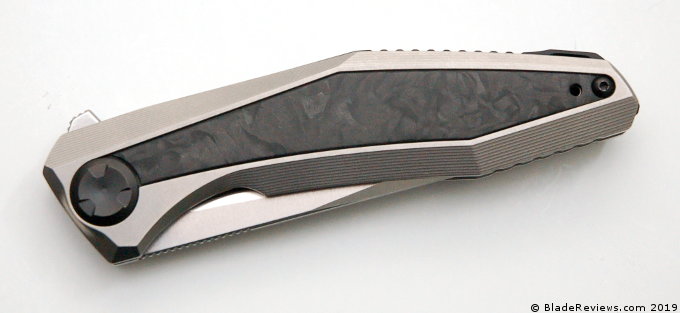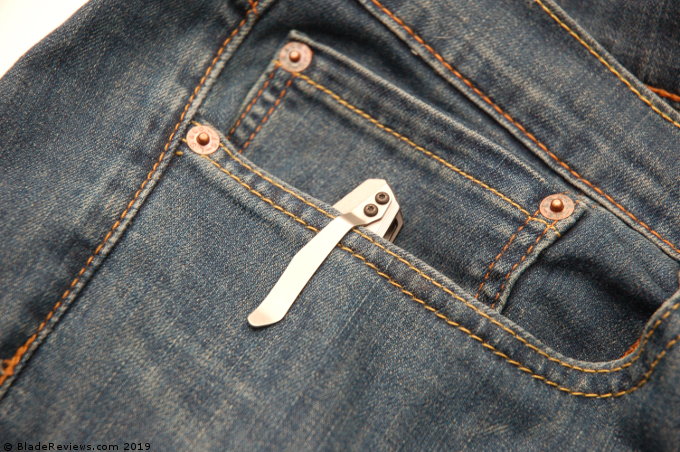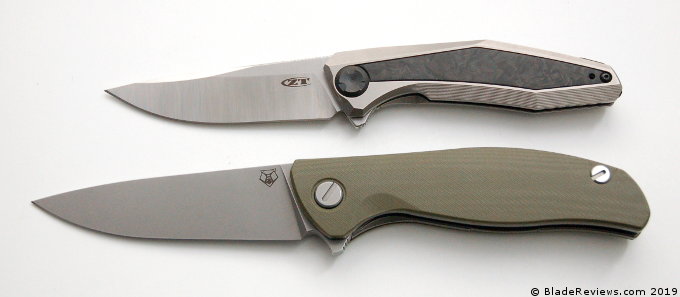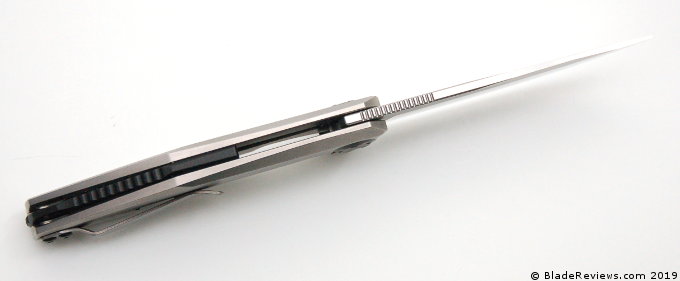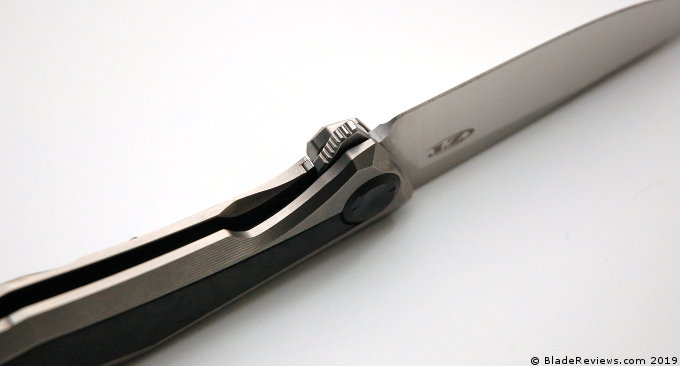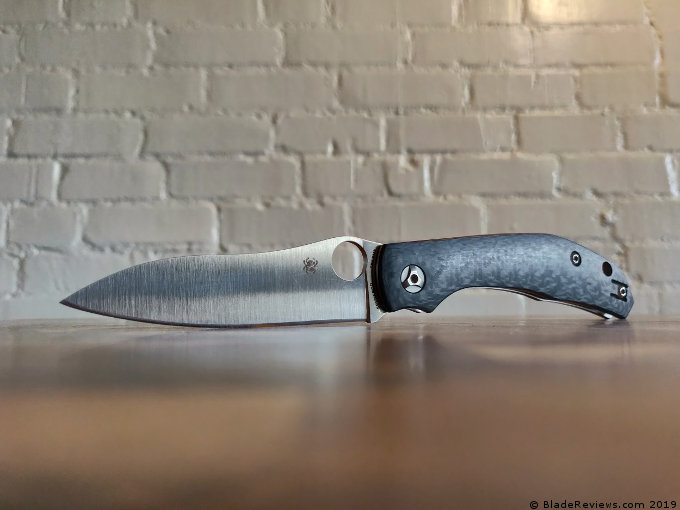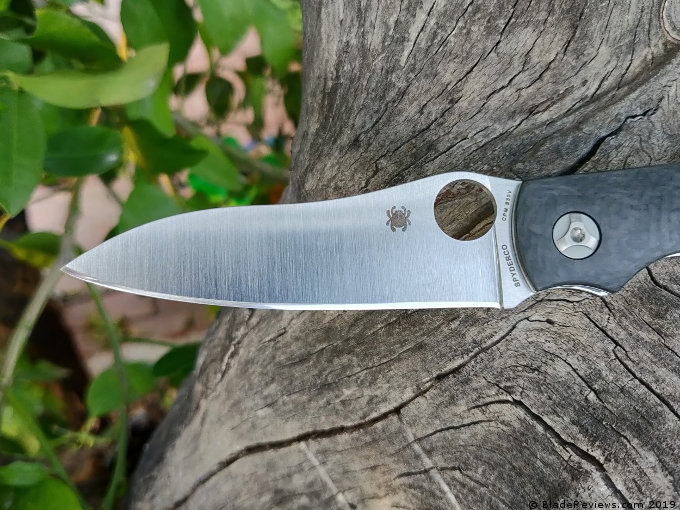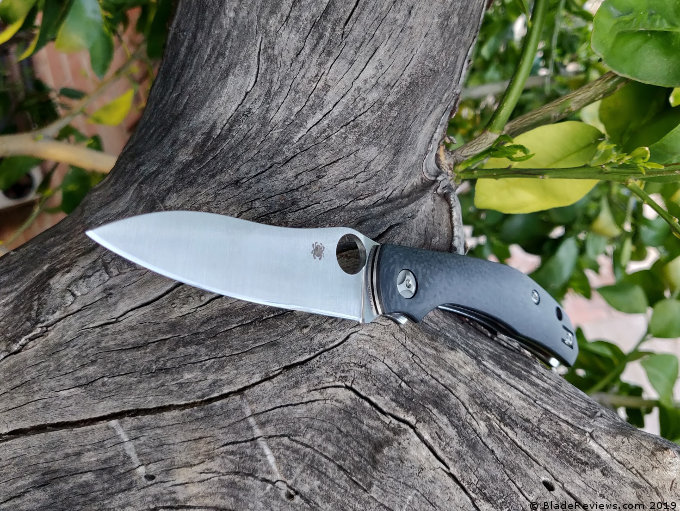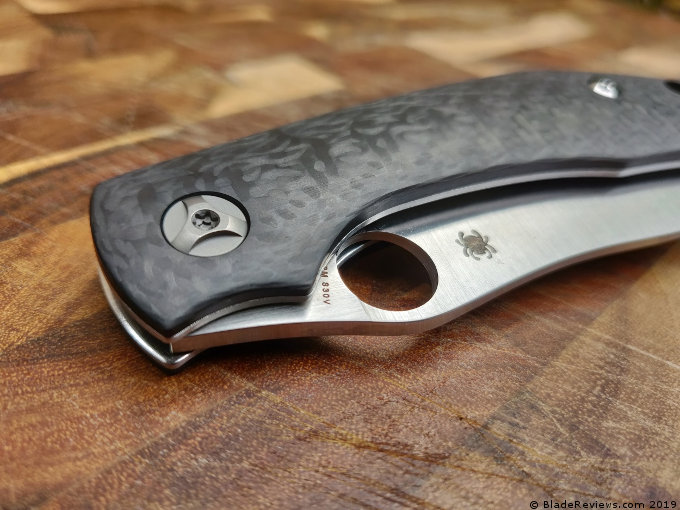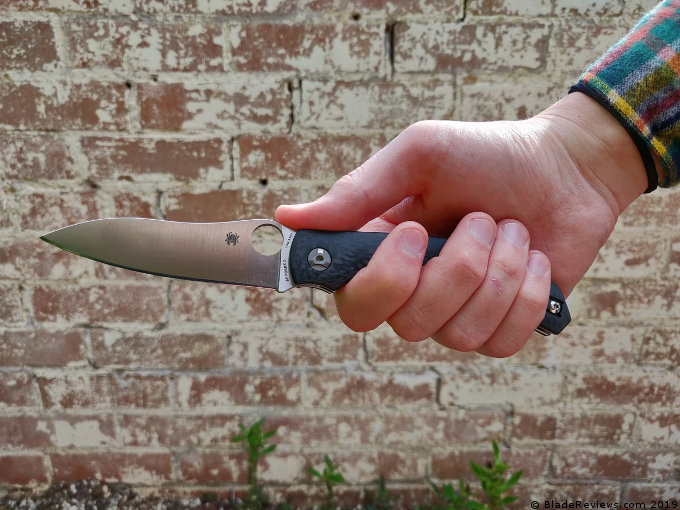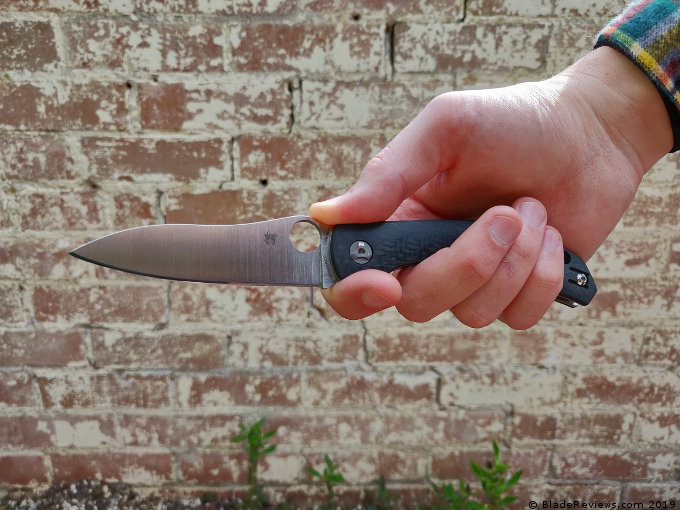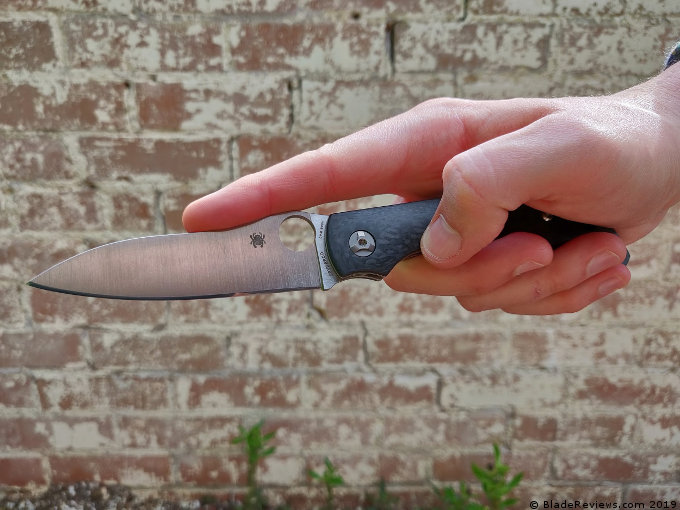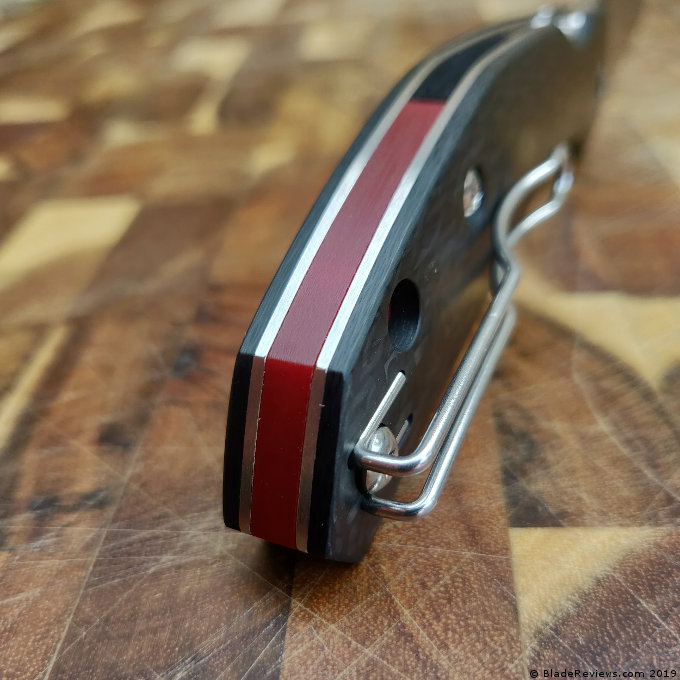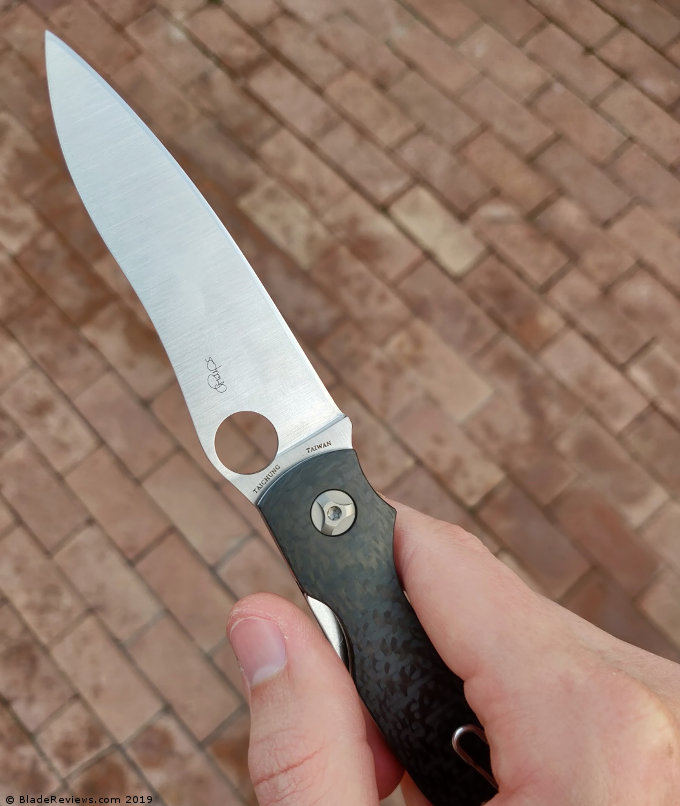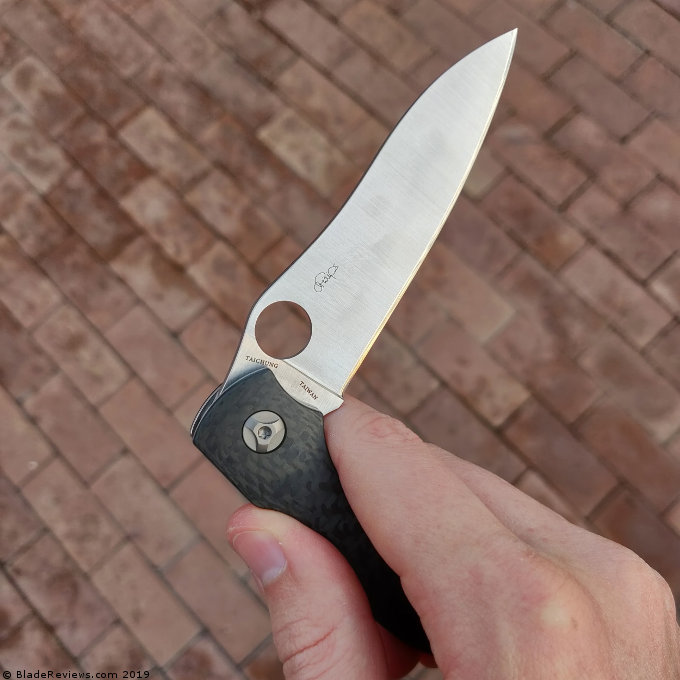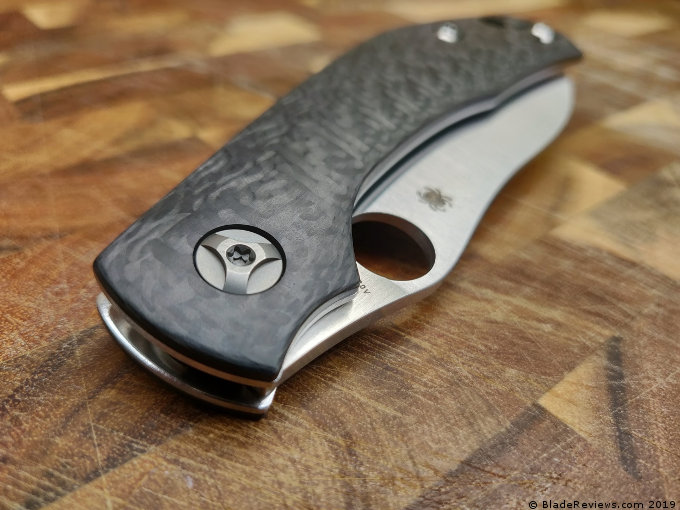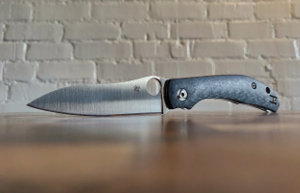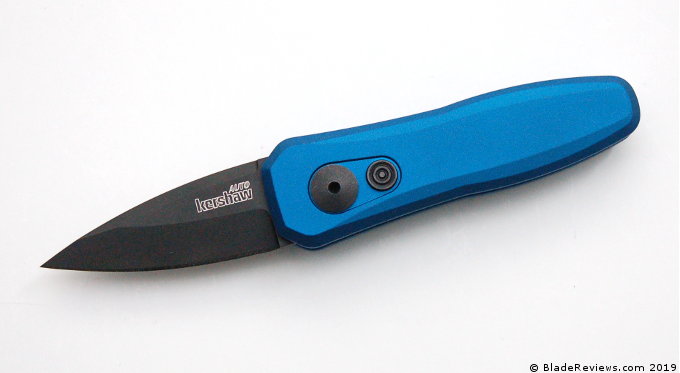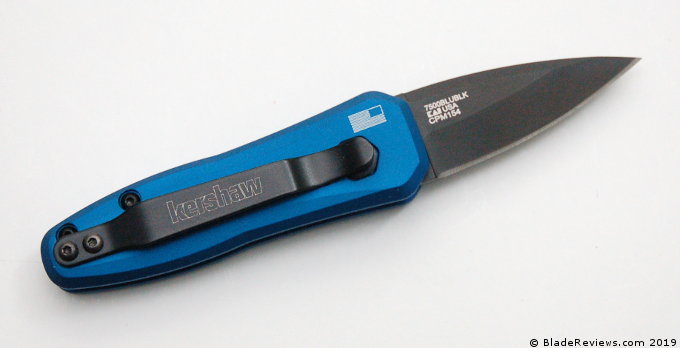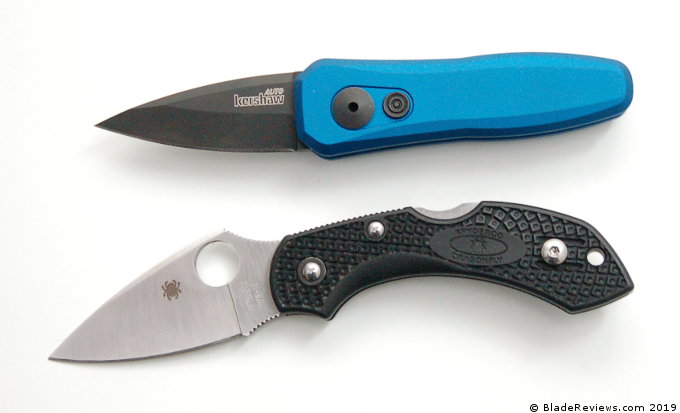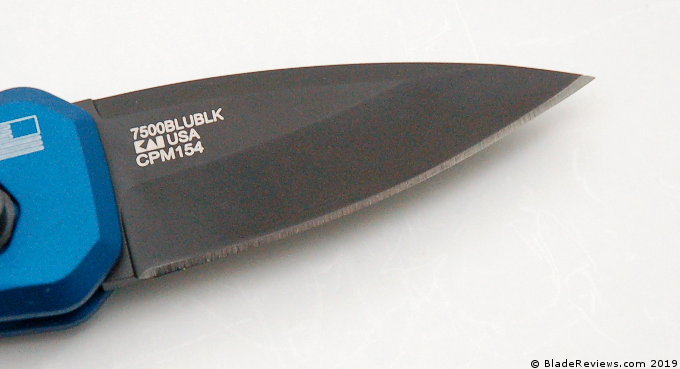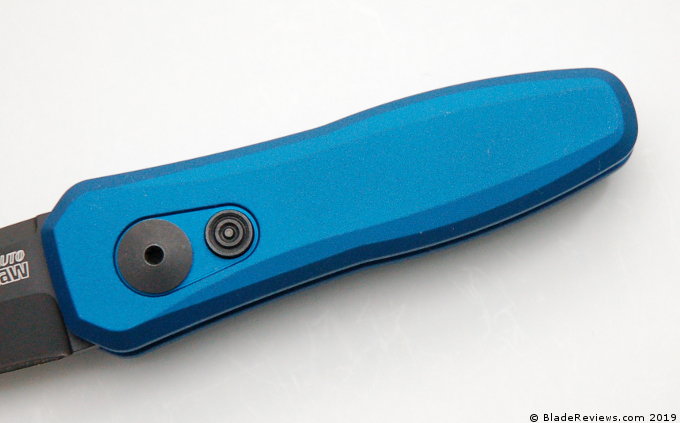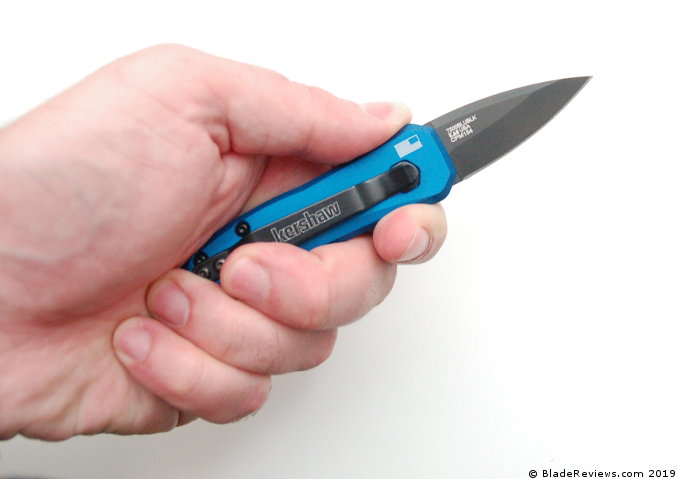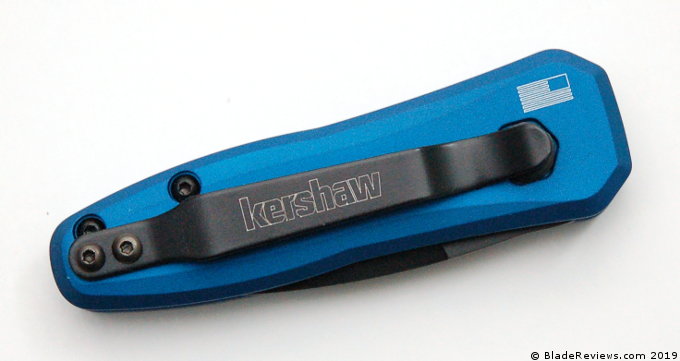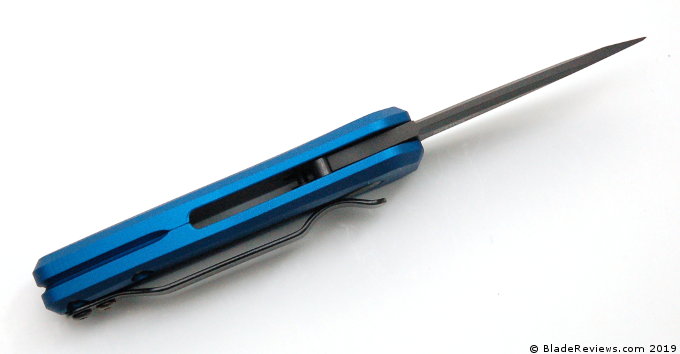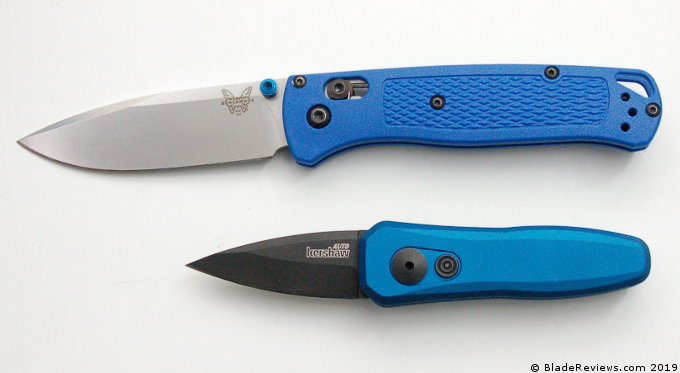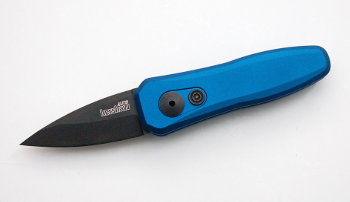Travis’ SHOT Show 2019 round up brought a company back onto my radar: SOG. In his article he showcased the SEAL XR, a folding version of their classic Seal Pup fixed blade. I reviewed the Seal Pup a long time ago, and it’s cringe worthy to see that old review now. I should buy one again and re-review it. I’d also like to check the SEAL XR out at some point, but in the meantime I thought I would explore their current catalog.
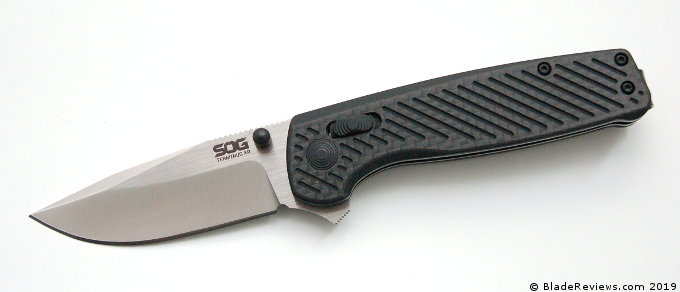
Buy the SOG Terminus XR at BladeHQ
The Terminus XR caught my eye. The spare, blocky design coupled with a modest sub $75 price point piqued my interest. It has been a long time since I reviewed a SOG product of any kind. What kind of knives are they making these days, and is the Terminus XR worth picking up? Let’s find out.
General Dimensions and Blade Details
The Terminus XR has an overall length of 7″, a 3″ blade, weighs 3.32 ounces, and is made in China. These are decent specs for an urban EDC. Certainly you can find lighter knives these days, but this design features full stainless steel liners. At first glance, the level of fit and finish is quite high, and the knife reminds me of my beloved Sage 1.
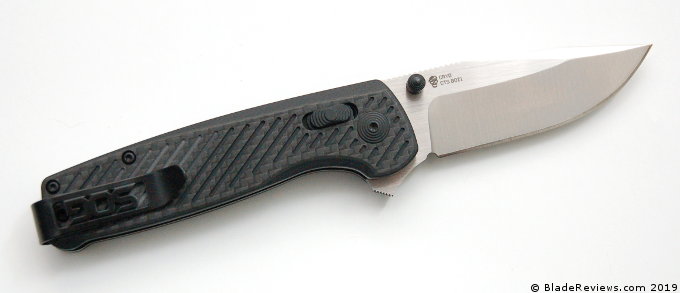
The Terminus XR features a stout clip point. Blade stock is just shy of 2.8mm thick, and it feels substantial thanks in part to the wide blade and partial hollow grind. There is a 3/4 swedge terminating at a substantial tip. The two tone satin finish looks nice, although the grinds bleed together on the triangular peninsula of steel where the flat meets the swedge and hollow grind. The edge is even.
In practice this is the kind of “do it all” blade shape people will have a hard time complaining about. Good tip strength, tons of belly, and a generous amount of edge, all make for a practical blade.
Blade steel is CTS-BDZ1.I’m not familiar with that one, so off to ZKnives I went to dig up some information. That site is an excellent resource and a true wealth of information (as opposed to the opinion riddled dick twirling you find here). Here is a link to the analytics on CTS-BDZ1.
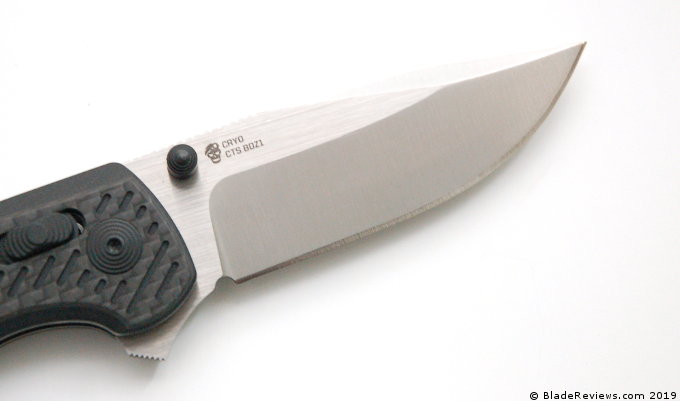
Looks like it’s 6Cr14MoV, so a cousin of 8Cr13Mov, a steel most of us knife guys know well. Since it’s made by Carpenter my guess is that the quality control and consistency is a little tighter then some random Chinese foundry, but this is still going to be a milder steel that sharpens easily, resists rust, but won’t be as wear resistant as a higher end steel. According to SOG this has been heat treated to “60-62” RH. I’m not a metalurgist, but that sounds like an alarmingly wide range for a heat treat of a mass market production knife. Then again, this may be why the knife is less than $70.
In practice I found the Terminus XR to be a solid performer. It zipped through cardboard, opened mail with aplomb, and made quick work of the food prep I put it to.
This time of year in Florida strawberries are in season, and you can buy a huge flat of them for $6 at road side stands. The problem is they tend to go bad quickly, so you need to be prepared to gorge yourself on strawberries or make a pie or something. The Spyderco Dragonfly II has always been my go-to strawberry knife. That thin triangular blade is perfect for surgically removing the tops of the strawberry. The Terminus XR isn’t as nimble as the DF2, but it still got the job done.
Here’s a size comparison with the Dragonfly 2:
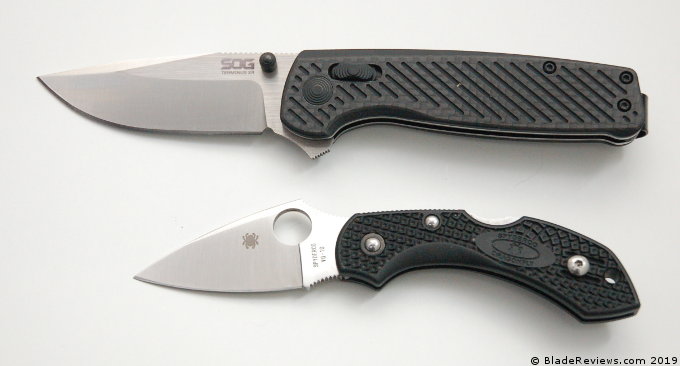
And as predicted by the chemical analysis, the Terminus’ edge didn’t hold on forever. This is especially true for abrasive materials like cardboard. But I was able to get a meaningful amount of work done with it, and the edge polished up easily on my [easyazon_link identifier=”B001JL1I6Y” locale=”US” tag=”brdfkdfk-20″]Golden Stone[/easyazon_link]. No issues with rust or corrosion. I’d say the steel choice is appropriate for the price point. That said, I’d never complain if they upgraded to CPM-154 or something along those lines.
Handle, Ergonomics, and Pocket Clip
The handle shares the same simple profile of the blade. It’s a big, blocky design featuring a G10/Carbon Fiber handle scales over full stainless steel liners. The steel liners have been skeletonized to reduce the weight of the knife. The partial backspacer is made of injected molded plastic. Matte black hardware, including an oversized pivot, holds everything together. Pretty standard stuff.
Handle construction is solid and the fit and finish is impressive. Again, I’m reminded of my Spyderco Sage 1. Granted, at this point my Sage 1 is 6 or 7 years old. Manufacturing techniques have advanced and tolerances have tightened, but still it’s a high level of fit and finish and it’s worth mentioning.
The Terminus XR feels OK in hand. When I grasp just the handle, the Terminus XR feels a little crowded for my larger hand. All 4 fingers fit, but just barely. SOG also included a forward finger choil underneath the ricasso, and I think that was a good idea. It gives you plenty of room and provides more control for precise cuts.
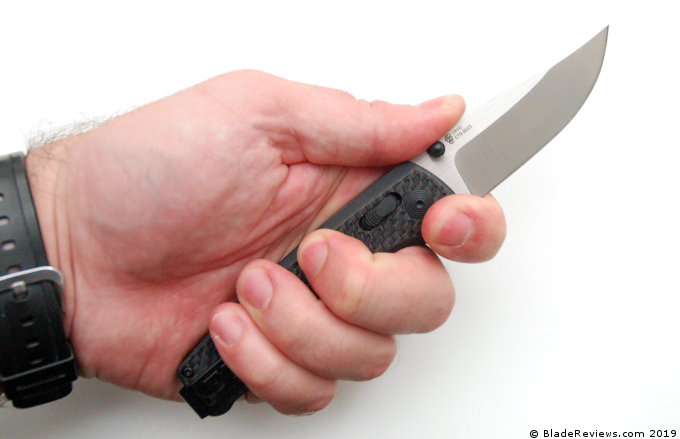
“Traction plan” fans will be pleased with the abundance of texturing on this knife. The inch or so of jimping on the spine is aggressive. It’s almost too aggressive for my tastes, but it hasn’t irritated my thumb. The milled handle provides plenty of texture on the scales. Again, its a little sharp and will tear up your pockets over time. The Terminus XR appears to be built for harder use in mind, and I think the level of texture and traction is appropriate.
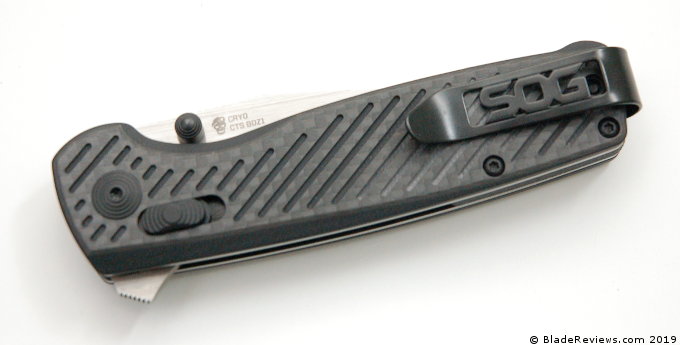
SOG included a short deep carry pocket clip. It can be swapped for ambidextrous tip up carry. Spring retention is excellent and the Terminus stays in place. The knife buries completely in the pocket. I’m not a huge fan of branded pocket clips, but I think SOG did an OK job here. All in all the pocket clip is thoughtful and the knife stays out of the way.
The Terminus XR carries well thanks to the thoughtfully designed pocket clip. It’s not the lightest knife, or the thinnest, but I’d say it’s still reasonably thin and light. I didn’t notice it much in the pocket.
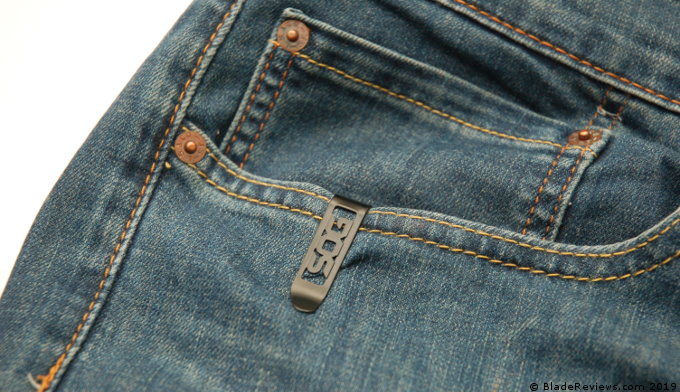
Deployment and Lockup
This part of the review is typically obvious and self explanatory. Here we have a folding knife, with a blade that can be opened via a flipper tap or ambidextrous thumb studs. Inside are phosphor bronze washers. Simple enough. What’s shocking about this knife is that the edges of the serrated flipper tab are so sharp it actually cut my finger open when using it. I didn’t need stitches, but it drew blood and I had to put the knife down. It’s way too sharp. I’ve tried to capture this in a picture I took. Not the best picture, but you get the idea.
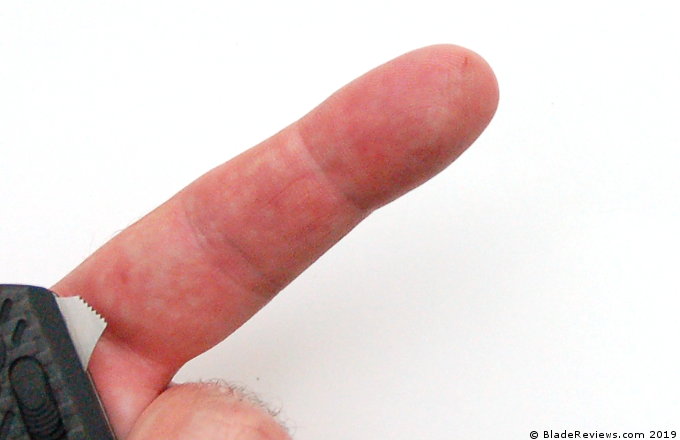
To this day if I use the knife I still get small paper cut type incisions in my finger when I use the flipper. Maybe I got an especially sharp flipper tab, but this is the first time I’ve been cut by a flipper tab and it’s a major turn off.
If you can get past this issue somehow the blade opens smoothly. There is no ball detent in this knife, and the XR lock provides a good amount of resistance so you can flip the blade open. I’d rate the action at a “6” on my patent pending 0-10 scale for flipper action.
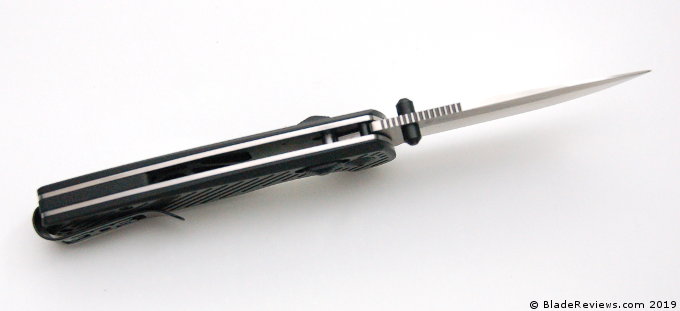
For lockup we have the aforementioned XR lock. This is a variation on their arc lock, which is really a take on the Benchmade Axis Lock. Now that the axis lock patent has expired, I think we can expect to see more companies experiment with this kind of lock. It’s a nice design because it’s secure, and easy to manipulate with either hand. It feels stronger and more secure than an axis lock. It’s a nice design and one I wouldn’t mind seeing in more knives.
Here is a parting shot with my tried and true Spyderco Sage 1. The Terminus XR reminds me of the Sage 1 for several reasons, including the EDC friendly size and similarities in construction.
Blade centering is perfect on my knife.
SOG Terminus XR Review – Final Thoughts
The Terminus XR has a lot going for it. A simple design made from adequate materials built to tight tolerances. And that sub $75 price is quite nice. It’s difficult to find good knives at this price point. The fit and finish is good, but I’d argue that it’s almost too good as evidenced by the sharp edges found on the flipper tab.
One of the 10 commandments of knife design is that “Only the edge shall be sharp.” Any sharp edges on the handle, liners, etc. are generally considered a violation of the sacrosanct. Certainly a flipper tab that flays your finger open with normal use is a serious problem. At best you need to be extremely careful with this knife. That’s a real shame given how nice every other aspect of the Terminus is.
Perhaps the issue can be rectified with a little emery paper. Perhaps I’m a little bitch and this issue won’t bother other people. Somehow the Terminus XR has garnered a number of 5 star reviews on BladeHQ and Amazon, so who’s to say? I’d rather not speculate.
I still appreciate this knife. It’s well made yet still priced reasonably. It’s a big step up from the plastic handled SOG knives of yore, and it’s not $100+ like their nicer Japanese blades. Also, the design of the Terminus is more straight forward, yet it’s still undeniably “SOG”.
In many ways the Terminus XR is a success, but in one major way it’s a failure. For that reason I can’t recommend it. Who can endorse a knife that cuts the user? I certainly can’t, regardless of how much I like the other aspects of the knife or the great price point. But the silver lining that it has SOG back on my radar. Despite the tragic flaw I acknowledge that there is a lot that went right here. Hopefully SOG can fix this flipper tab and do better with future releases. Ultimately I think they are heading in the right direction.
- EDC FOLDING KNIVES FOR EVERYDAY CARRY: The Terminus XR is a razor-sharp EDC folding knife and flipper knife made with strong, capable, cryo-hardened CTS BDZ1 stainless steel; blade measures 2.95 inches, knife measures 4.26 inches closed; model number: TM1021-BX
- CARBON FIBER KNIFE HANDLE: At 3.2 ounces, these folding flipper knives are an essential addition to your EDC gear; black G10 & carbon fiber knife handle overlay is sleek, lightweight, with excellent grip and traction
- OPEN YOUR LOCK POCKET KNIFE 3 WAYS: Use the knife thumb stud, flipper or kick mechanism to open these deep carry pocket knives with one hand; the SOG XR lock keeps the blade secure while allowing smooth manual actuation
- TACKLE DAILY TASKS W/ CTS BDZ1 STRAIGHT EDGE: This compact everyday carry knife includes an ambidextrous pocket clip; small pocket knife blade is stout with superb edge retention and satin finish
- SOG CARE: SOG knives and tools are built to last but may require initial tuning adjustments along with regular cleaning, lubrication and sharpening; we consider all repair and replacement requests
I recommend purchasing the SOG Terminus XR at Amazon or BladeHQ. Please consider that by purchasing things through any of the links on this website you support BladeReviews.com, and help produce future reviews. Thank you very much.
